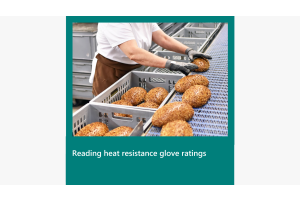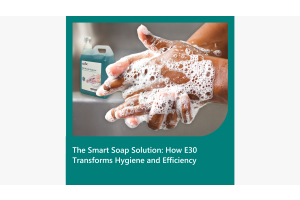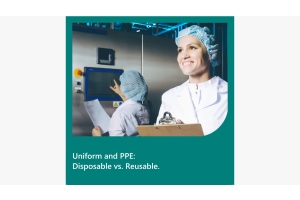What should I consider when choosing a food processing wipe?

A food processing plant has one of the highest responsibilities to maintain hygiene standards, which promotes the need for both spontaneous and deep, regular cleaning. Wipes are part of both these processes and are indispensable to the food processing industry.
How do I get the full benefit out of my wipes? It is first important to consider what situation your wipes are used in. Considering the machinery, surfaces, chemicals, and ingredients will clarify which spec suits your needs.
Material composition and absorbency
A wipe is made from a combination of synthetic fibres and either paper or viscose. The synthetic fibres give the wipe strength and allow the wipe to hold its shape, whereas the paper or viscose (wood pulp turned into fabric) increases the absorbency. Therefore, considering the ratio of these will determine how absorbent the wipe is.
Thickness
The standard measurement of thickness is GSM. This stands for Grams per Square Meter. The thickness of the wipe impacts its strength and absorbency of the wipe. Often a thicker wiper performs better. However, the additional thickness will affect the cost, so finding the right balance of performance and cost-saving is important.
Apertures
Apertures are small holes formed within the weave of the wipe. These holes allow the wipe to collect the debris and powders, clearing the surface more effectively. The more defined the apertures, the more fragments the wipe will pick up. It is advisable to try a few wipes, as the combination of apertures, GSM, and material mix will also impact the effectiveness of the wipe.
Colour
Like with all consumables in the food processing industry, ensuring the colour contrasts with your ingredients is important. You may even consider having different colours for allergens. While wipes usually don’t contact food, it is still recommended to contrast colours as an extra precaution.
To conclude, it is essential to ensure that your wipe meets your contamination management standards– and then choose a suitable option based on the requirements of your food processing facility. Ideally, trial how the wipe responds to your equipment and chemicals with samples. Ensuring your cleaning consumables are suitable is essential to maintaining your hygiene standards.
- Colour Coded Hygiene (17)
- Metal Detection (4)
- Food processing products (33)
- Product Comparisons (31)
- Food Safety (18)
- Procurement (11)
- 5S (5)











